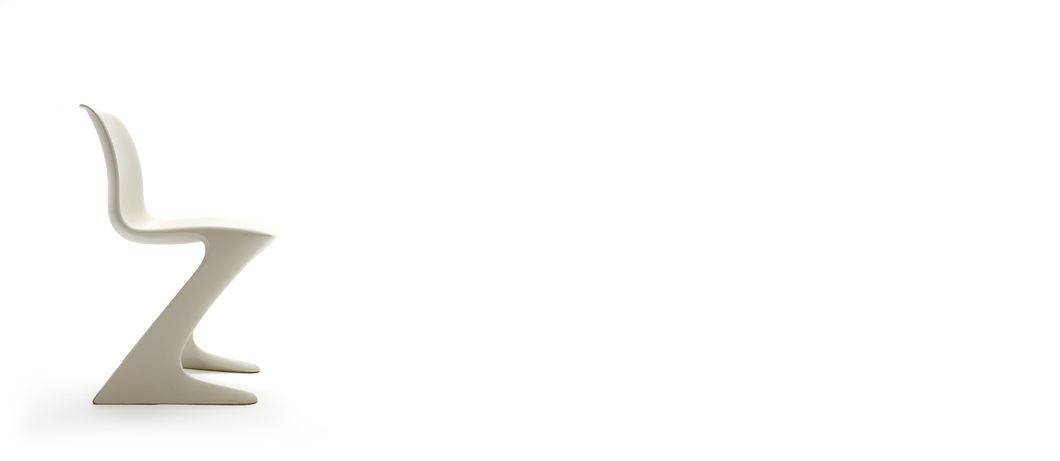
[Translate to EN:]
, 1972
The profile of this chair looks like a ski jumper right before taking off. Around here, people refer to it as the "kangaroo chair". The design of the Danish designer Verner Panton is now considered a classic. Something that was recognized early on in the GDR. In June of 1972, the 50 millionth ton of crude oil had arrived from the Soviet Union in Schwedt via the "Pipeline of Friendship". For this occasion, the Secretary for Materials Management, Wolfgang Rauchfuß, and the Politburo member Günter Mittag, got together for a small celebration. When the conversation with the General Director of the Petrochemical Combine turned to the production of consumer goods, Rauchfuß told him about the polyurethane furniture which was currently en vogue in the Federal Republic of Germany. That seemed like the right idea! Just a week later, the PCK Schwedt was rumored to have the government contract in its pocket, commissioned to produce plastic furniture following the Western model. Problem is, they only had the plastic. Licenses and machines had to be purchased. The stackable chair was then manufactured in the colors cream white, corn yellow, mahogany brown and crimson.
